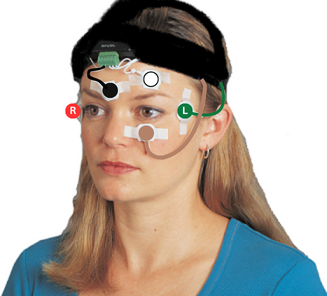VAT ENGPlus: Revolutionizing Early Diagnosis of Dizziness and Balance Disorders
In the rapidly evolving healthcare sector, the demand for early and precise diagnostic tools has never been more critical, especially for…

In the rapidly evolving healthcare sector, the demand for early and precise diagnostic tools has never been more critical, especially for…

At a time when healthcare technology is rapidly advancing, clinics are continually faced with decisions about whether to invest in new…

As the healthcare landscape evolves rapidly, the right technological investments are crucial for any clinic aiming to improve patient care. The…

Accurate and efficient diagnostic tools are crucial for providing high-quality patient care and maintaining the operational efficiency of a clinic. The…

Accurate and efficient diagnostic tools are essential for providing your patients with high-quality care and maintaining the financial health of a…

In today’s fast-changing healthcare landscape, operational efficiency is no longer optional. Medical practices are under growing pressure to make the most…

Vestibular disorders are a prevalent challenge that many face, particularly among the elderly, impacting their stability and quality of life. The…

Falls among the elderly are not to be taken lightly; they represent a significant health concern that can lead to severe…

In the fast-evolving landscape of healthcare, taking advantage of new technologies is always important for enhancing patient care and practice efficiency….

Primary Care Diagnostics is pleased to announce an agreement with Western System Research to be the exclusive United States distributor of…